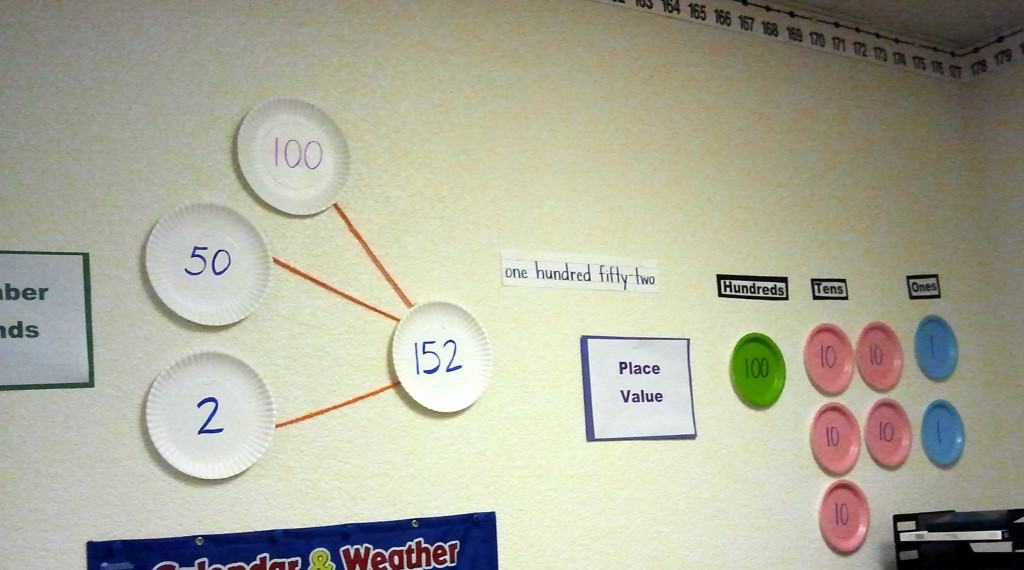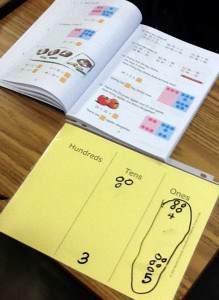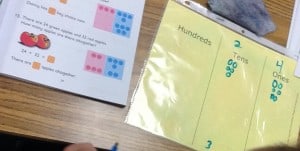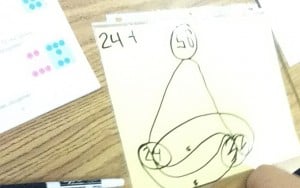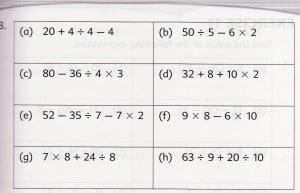Last year, the Bureau of Education & Research asked me to create a seminar focusing on Singapore Math Bar Modeling. Reviews from the try-out seminars were fabulous and I’m pleased to announce that BER will be offering the seminar in select cities in January, 2012.
Boost Students’ Math Problem-Solving Skills Using Singapore Model Drawing
(Click though for specific location and registration info.)
- Jan. 17 – Atlanta, GA
- Jan. 18 – St. Louis, MO
- Jan 19 – Milwaukee, WI
- Jan. 20 – Minneapolis, MN
This in-depth look at the Singapore Math Model Drawing method will help your students understand and master the model method of problem solving. (Plus you a get a handy-dandy handbook!)
I’ll be posting 2012 dates for my popular “How to Use the Best Strategies from Singapore Math to Strengthen your Math Instruction” soon!
